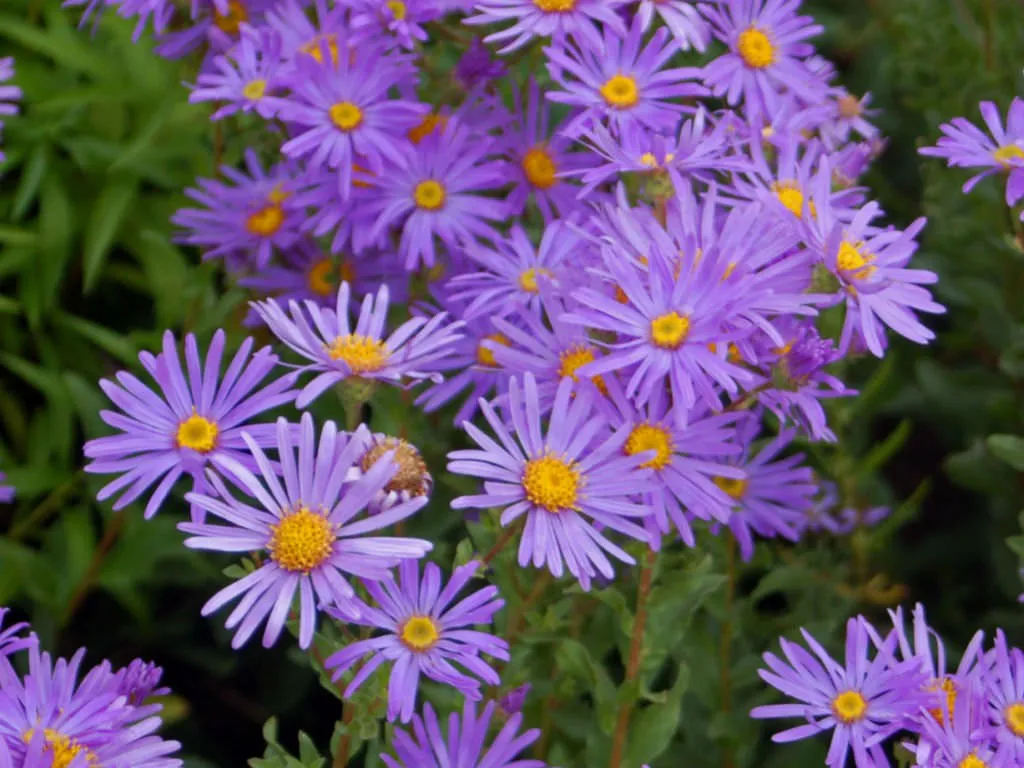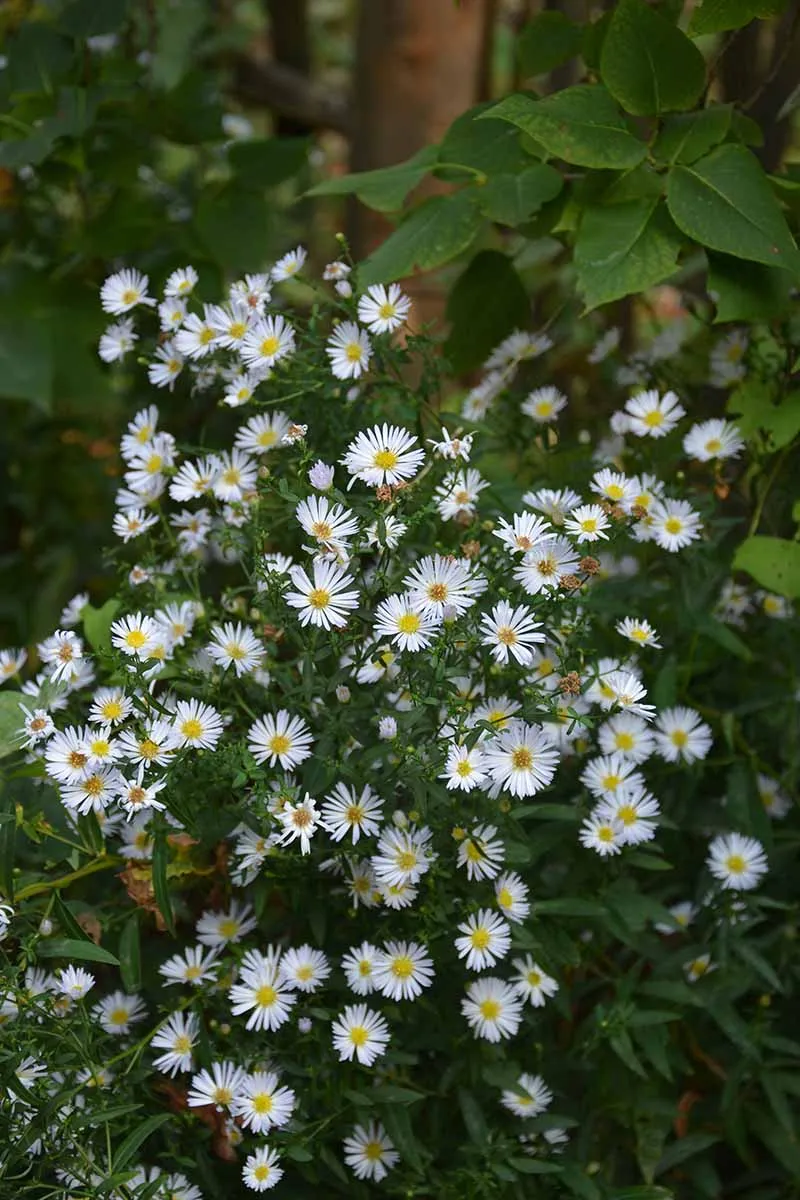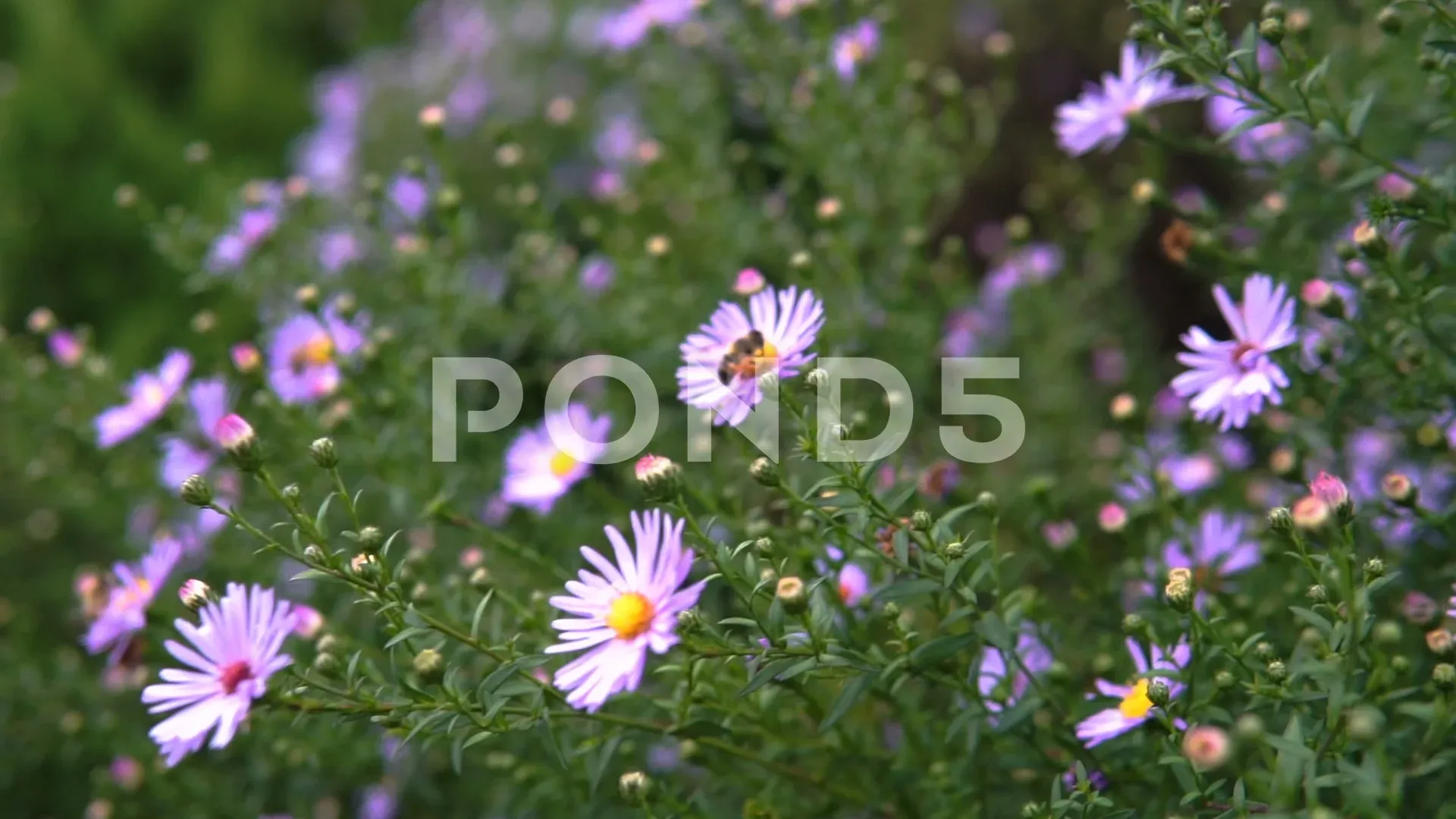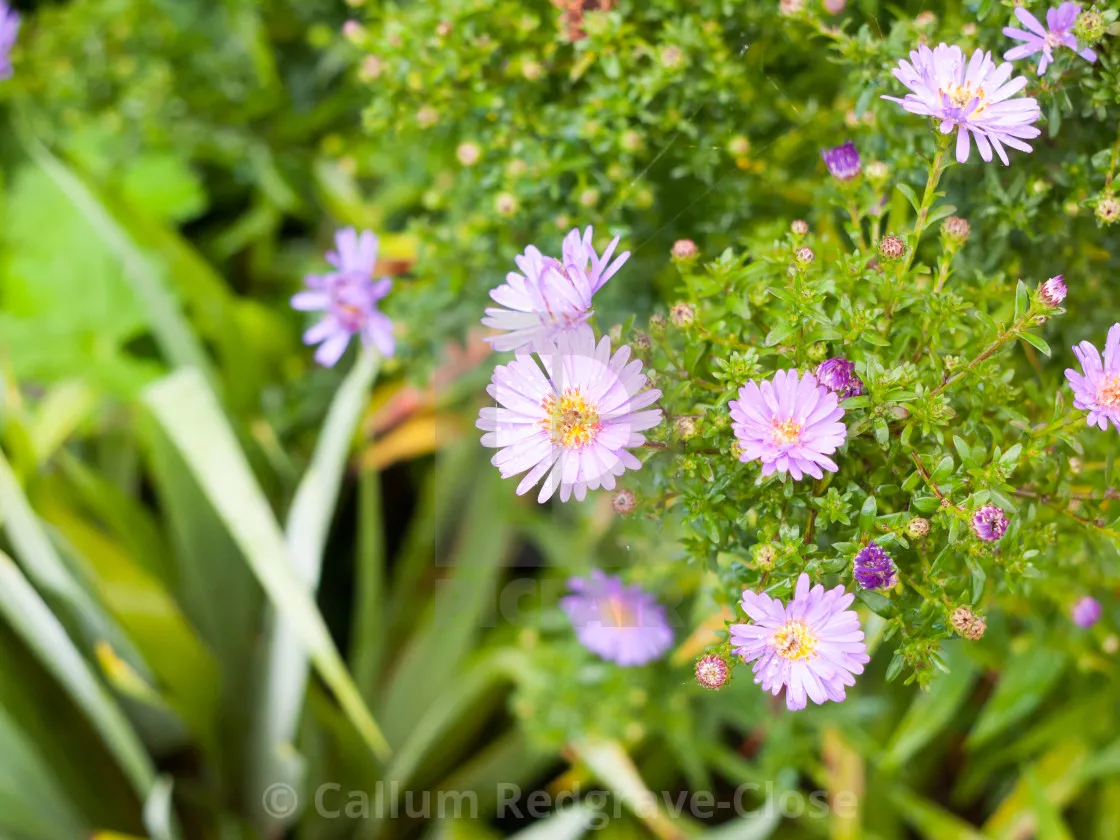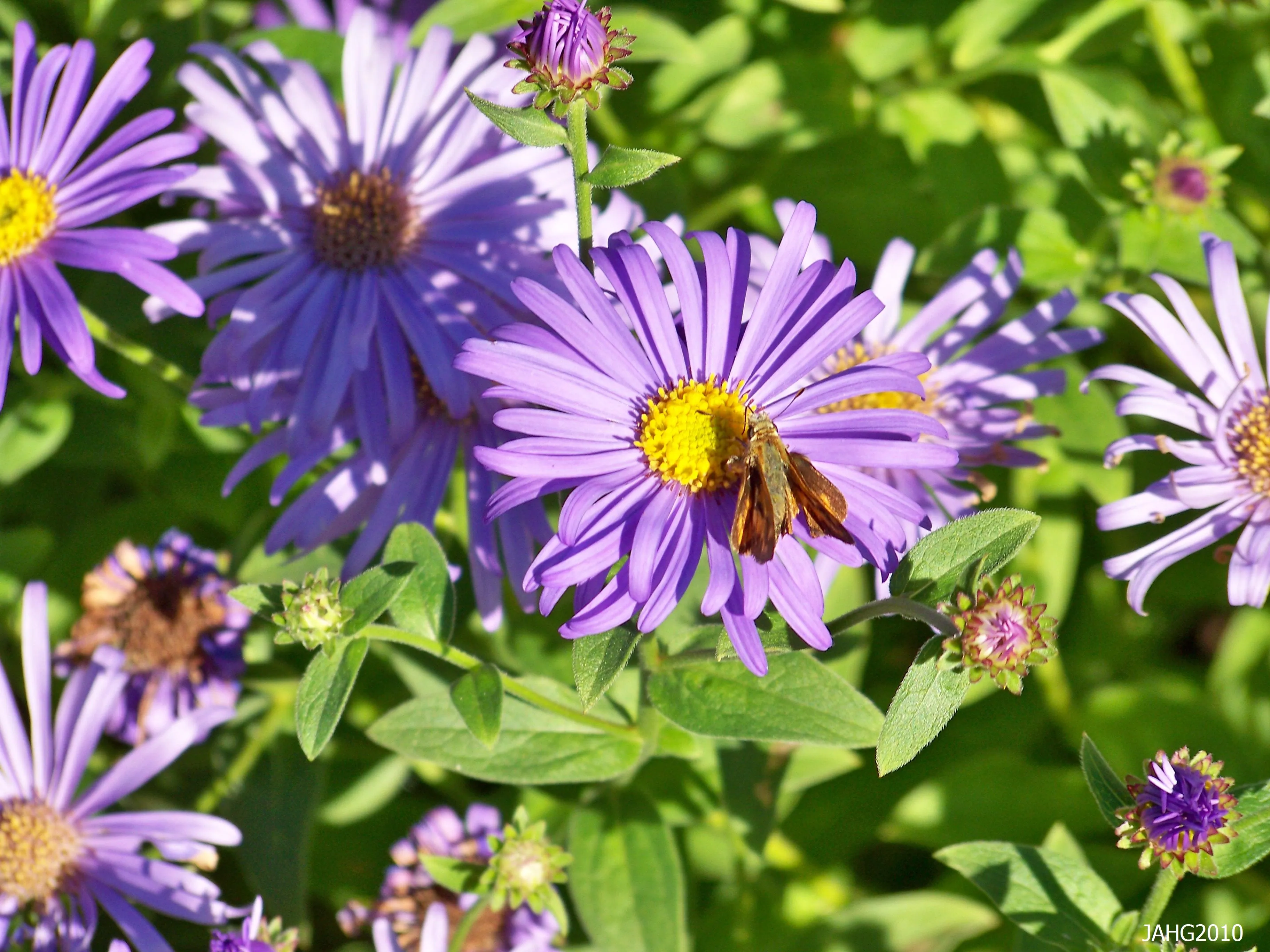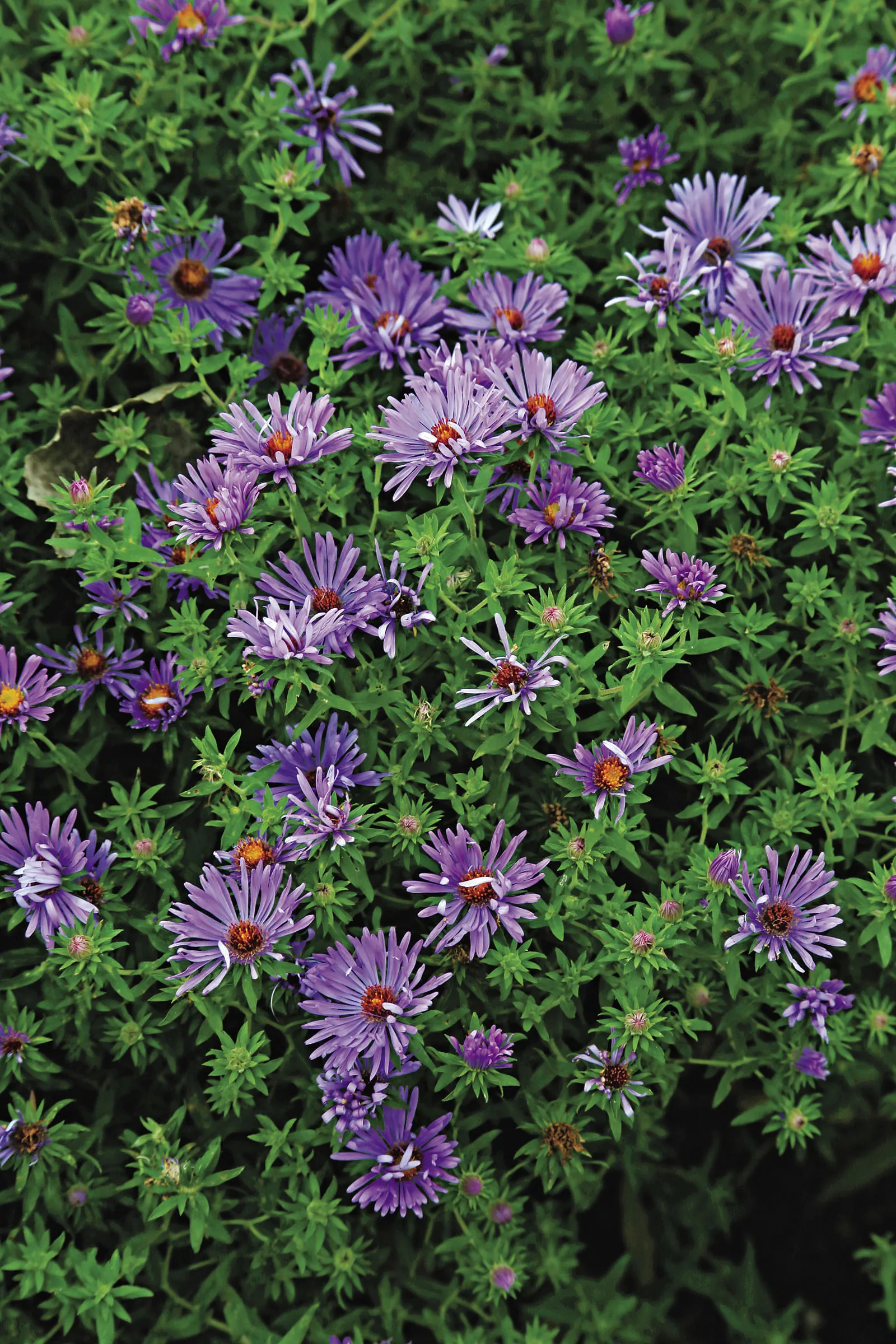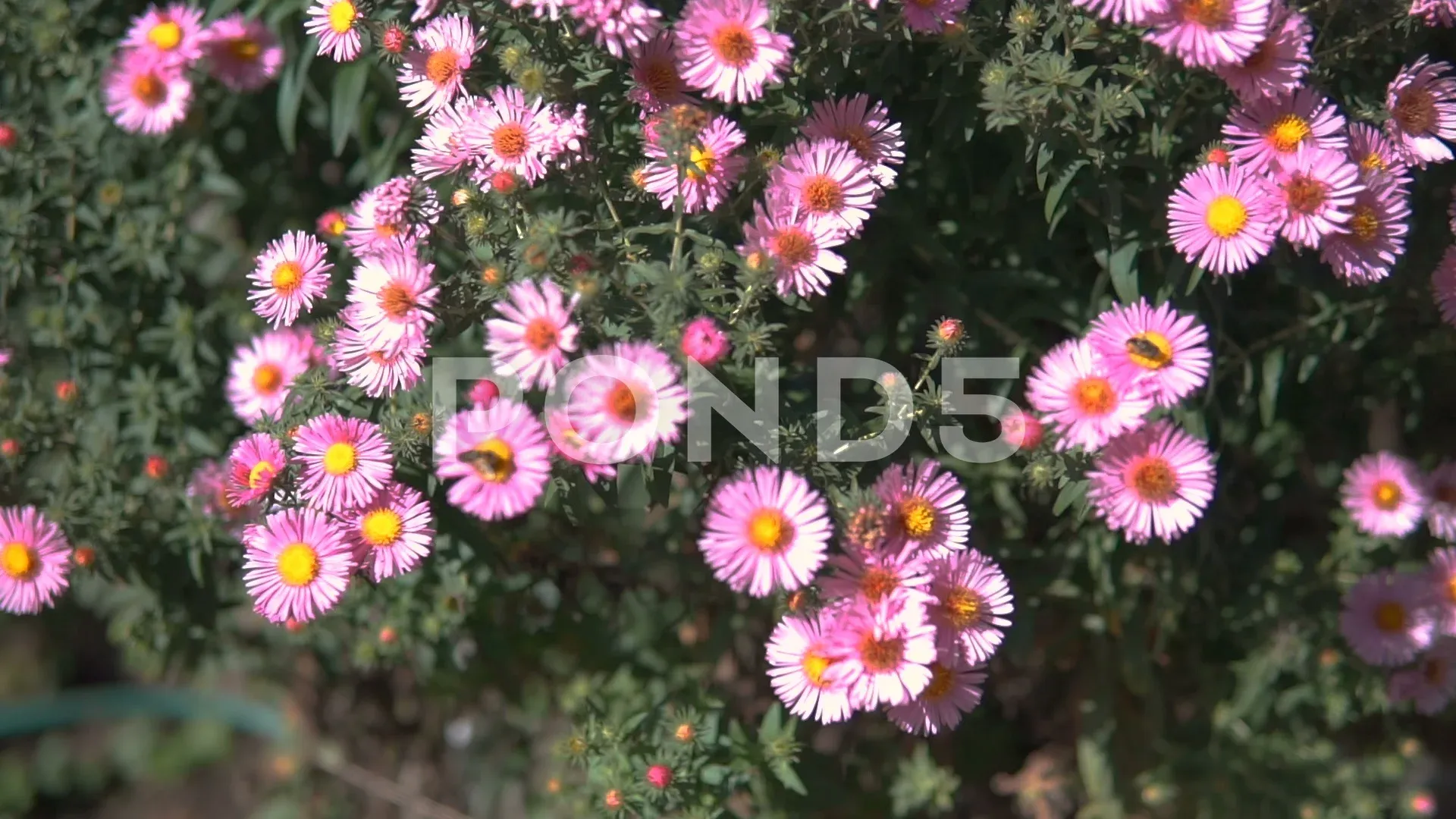Italian Asters: A Guide to the Most Beautiful Flowers Flowers are one of the most beautiful creations in nature. They come in different colors, shapes, and sizes, and each has its unique charm. Among the many varieties of flowers, Italian asters stand out as some of the most beautiful and captivating. These flowers are not only aesthetically pleasing but also have a rich history and symbolism. In this article, we will take a closer look at Italian asters and everything you need to know about them. What are Italian Asters? Italian asters, also known as Michaelmas daisies or New York asters, are a species of flowering plants in the Asteraceae family. They are native to North America and are closely related to sunflowers and daisies. Italian asters are herbaceous perennials that grow up to 3-4 feet tall and produce vibrant purple, pink, blue, and white flowers that bloom in late summer to early fall. History of Italian Asters Italian asters have a rich history that dates back to ancient times. In Greek mythology, asters were believed to have originated from the tears of the goddess Astraea, who wept for the lack of stars on earth. The word “aster” comes from the Greek word for star, which refers to the star-like shape of the flower’s petals. In ancient times, asters were used to make wreaths and garlands for religious ceremonies and were believed to have medicinal properties. Italian asters were first introduced to Europe in the 18th century by a Scottish botanist named Philip Miller. Miller discovered the plant growing in North America and brought it back to England, where it quickly became a popular garden plant. Italian asters were later introduced to Italy, where they were cultivated and hybridized to produce new varieties. Symbolism of Italian Asters Like all flowers, Italian asters have their unique symbolism. In general, asters are associated with love, patience, and elegance. In Victorian times, asters were given as a symbol of love and were believed to bring good luck and ward off evil spirits. In other cultures, asters are associated with healing and protection. In Italy, asters are associated with remembrance and are often used to decorate graves and memorials. They are also given as a symbol of appreciation and gratitude. In some traditions, asters are believed to bring good luck and prosperity to the home. Varieties of Italian Asters Italian asters come in a wide variety of colors and sizes, and each has its unique characteristics. Some of the most popular varieties of Italian asters include: 1. Aster novi-belgii – This variety is also known as New York asters and is one of the most popular types of Italian asters. It produces vibrant purple, pink, and blue flowers that bloom in late summer to early fall. 2. Aster amellus – This variety is also known as the Italian aster and is native to Italy. It produces small, daisy-like flowers in shades of purple and pink. 3. Aster x frikartii – This variety is a hybrid between Aster amellus and Aster thomsonii. It produces large, daisy-like flowers in shades of blue and purple. 4. Aster tataricus – This variety is native to Asia and produces large, showy flowers in shades of blue and purple. 5. Aster ericoides – This variety is also known as heath aster and produces small, daisy-like flowers in shades of white and pink. How to Grow Italian Asters Italian asters are relatively easy to grow and require minimal care. Here are some tips on how to grow Italian asters: 1. Choose a sunny location – Italian asters require full sun to bloom properly, so choose a location that receives at least 6 hours of direct sunlight per day. 2. Prepare the soil – Italian asters prefer well-drained soil that is rich in organic matter. Before planting, amend the soil with compost or other organic matter to improve drainage and fertility. 3. Plant the asters – Plant the asters in the spring or fall, spacing them 18-24 inches apart. Dig a hole that is slightly larger than the root ball and fill in with soil, pressing firmly around the plant. 4. Water the asters – Water the asters regularly, especially during hot, dry weather. Water deeply, allowing the soil to dry out slightly between watering. 5. Fertilize the asters – Fertilize the asters in the spring and summer with a balanced fertilizer to promote healthy growth and blooming. 6. Prune the asters – Prune the asters in the early spring to encourage new growth and remove any dead or diseased branches. Uses of Italian Asters Italian asters have many uses beyond their beauty and symbolism. Here are some of the common uses of Italian asters: 1. Garden decoration – Italian asters are popular garden plants that can add color and beauty to any landscape. 2. Cut flowers – Italian asters make excellent cut flowers and can be used in floral arrangements, bouquets, and centerpieces. 3. Medicinal purposes – In traditional medicine, asters were used to treat a variety of ailments, including fever, cough, and skin conditions. 4. Food – Some varieties of asters are edible and can be used in salads, teas, and other culinary creations. Conclusion Italian asters are some of the most beautiful and captivating flowers in the world. They have a rich history and symbolism and are relatively easy to grow and care for. Whether you are a gardener, a florist, or simply a lover of beauty, Italian asters are sure to delight and inspire you.
Frequently asked questions about Italian asters wallpapers
Q: What are Italian asters pictures?
A: Italian asters pictures are a collection of 12 high-quality images of the beautiful Italian aster flower.
Q: How can I download Italian asters pictures?
A: You can download Italian asters pictures for free from our website. Simply navigate to the "Flowers" category and select the image you wish to download. Choose your desired file type (.jpg, .png, or .webp) and size (width and height), and click the download button.
Q: Are Italian asters pictures available in different sizes?
A: Yes, Italian asters pictures are available in different sizes. You can choose your desired width and height when downloading the image. Our website also automatically detects the visitor's mobile screen size and chooses the appropriate size for them.
Q: Can I use Italian asters pictures for commercial purposes?
A: Yes, you can use Italian asters pictures for commercial purposes as long as you credit our website as the source of the image.
Q: Are there any restrictions on how I can use Italian asters pictures?
A: Yes, there are some restrictions on how you can use Italian asters pictures. You cannot resell or redistribute the images, and you cannot claim ownership of the images.
Q: Can I edit Italian asters pictures?
A: Yes, you can edit Italian asters pictures to fit your specific needs. However, you cannot claim ownership of the edited images, and you must still credit our website as the source of the original image.
Q: Are Italian asters pictures copyrighted?
A: Yes, Italian asters pictures are copyrighted by our website. However, we allow free downloads and usage of the images as long as our terms and conditions are followed.
Q: Can I share Italian asters pictures on social media?
A: Yes, you can share Italian asters pictures on social media as long as you credit our website as the source of the image.
Q: Can I request specific sizes or file types for Italian asters pictures?
A: Unfortunately, we do not currently offer custom sizes or file types for Italian asters pictures. However, we do offer a variety of sizes and file types to choose from.
Q: How often are new Italian asters pictures added to the collection?
A: We do not have a set schedule for adding new Italian asters pictures to the collection. However, we are constantly adding new images to our website, so be sure to check back often for updates.
Q: Can I suggest a new category of pictures for your website?
A: Yes, we welcome suggestions for new categories of pictures for our website. You can contact us with your suggestions, and we will consider them for future updates.




